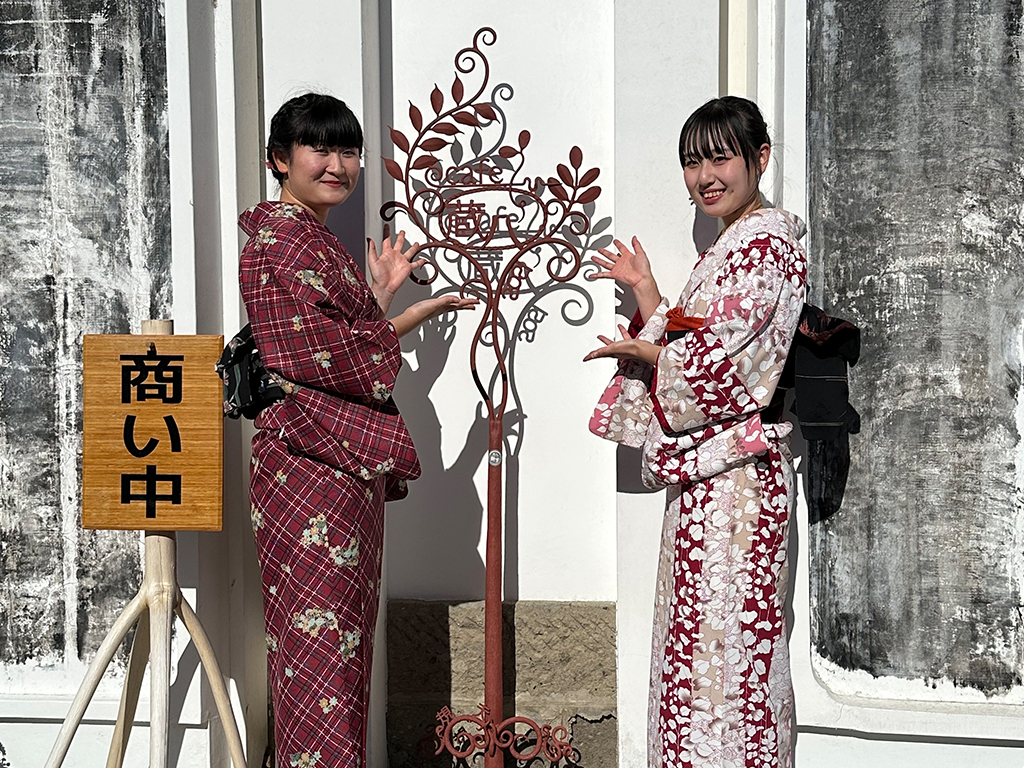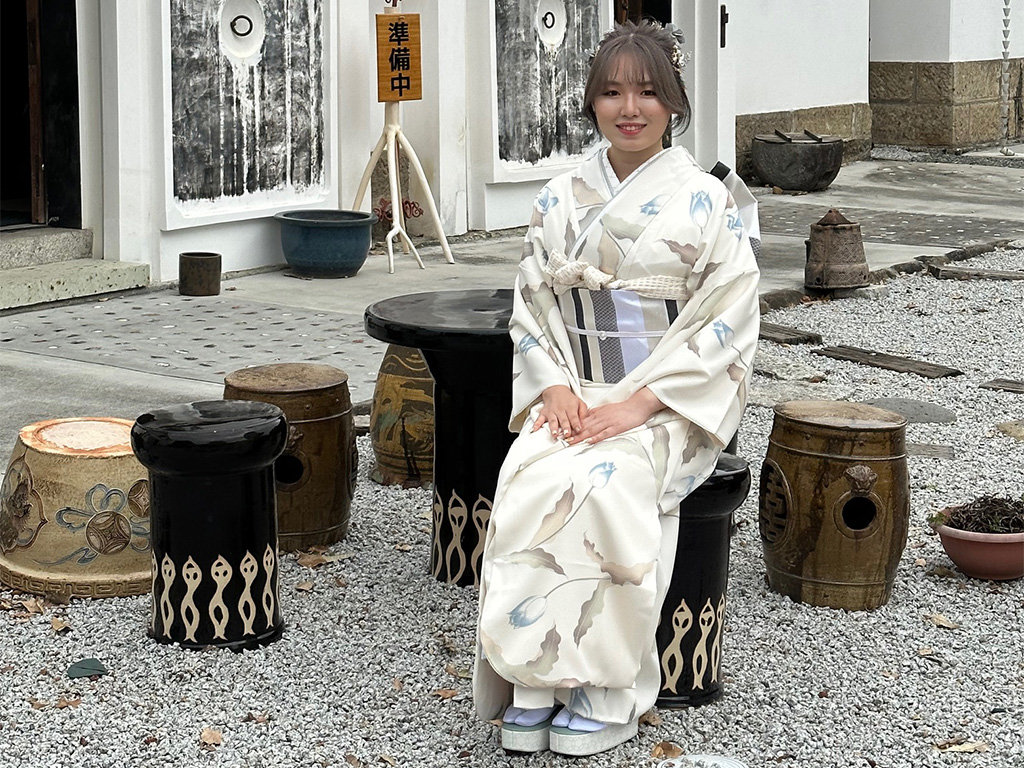
ARAU Shouten is now relocated to the Kirihara district on higher ground in the town, but it used to face the national highway. The store building (already demolished) is located near the national highway on a large rectangular site that extends to an alley in the back, and passing through a traditional-style front gate next to it, the main house and storehouse stand on the south side of the site, with four storehouses on the north side. All of the buildings except for the store building are still standing with the well-maintained garden, they retain the appearance of an old merchant's house. Crossing the corridor from the main building to the storehouse, you will come to the patio surrounded by the earthen storehouse, the main building and the storehouse.
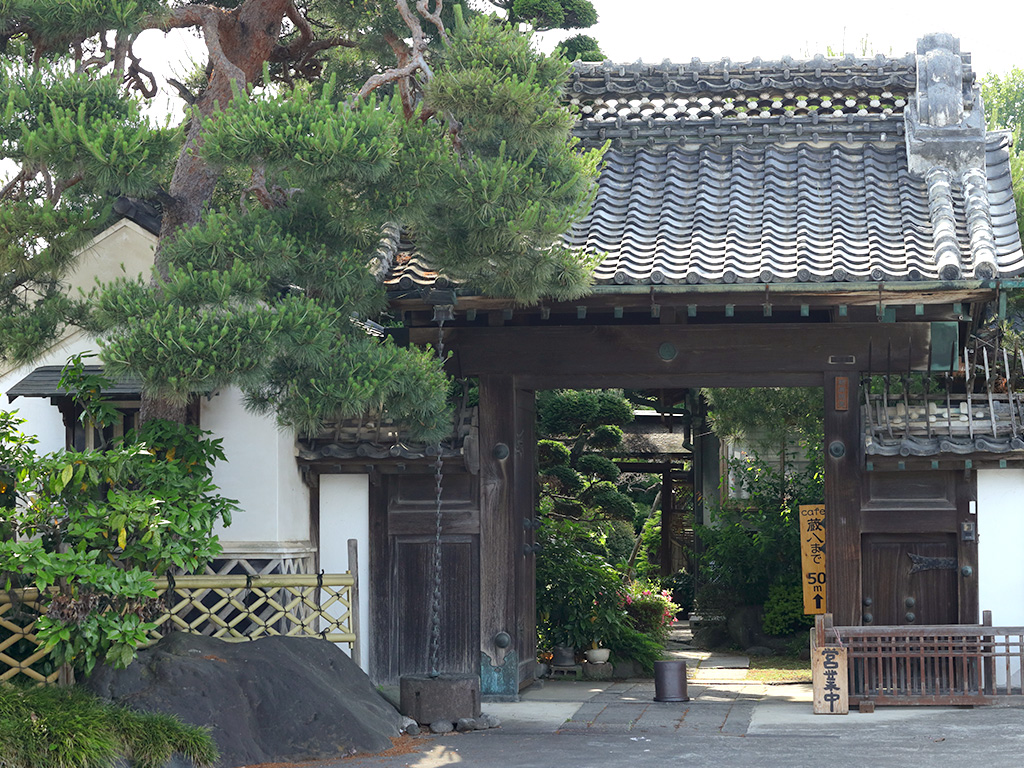
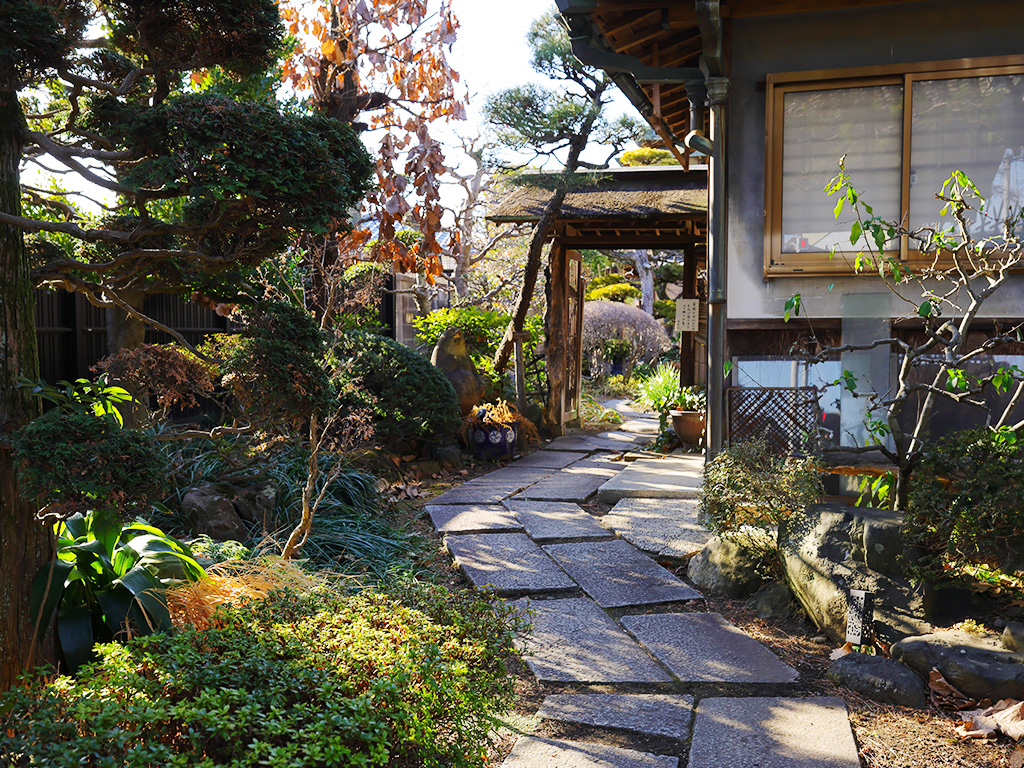
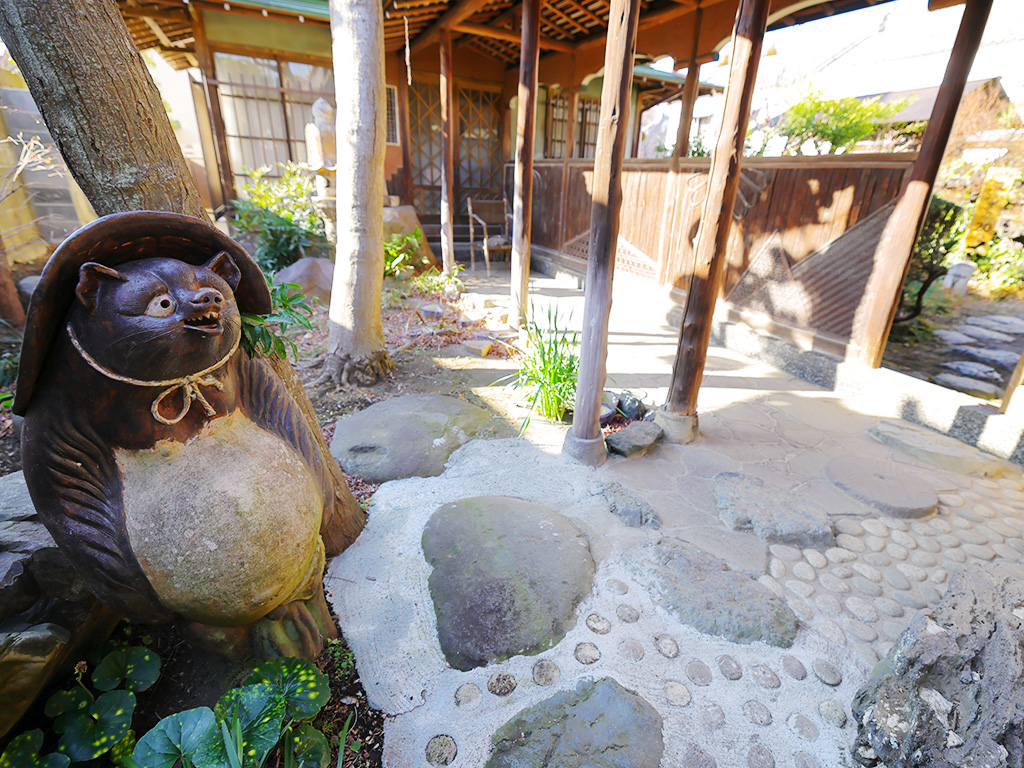
Omama is a town that prospered in the early Edo period (1603-1867) when it was platted on the vast fan-shaped area of the Watarase River. As a relay point along the copper road leading from the Ashio Copper Mine to the Tone River and a collection point for raw silk. The town flourished along with the history of modernization in Japan, and it was attracting many people from all over the country and bringing a variety of cultures. Omama which flourished as a town where cultural relics and people came and went is lined with historical buildings, breweries of Japanese sake and soy sauce, and storehouses. And is recommended for a leisurely stroll through the old town.
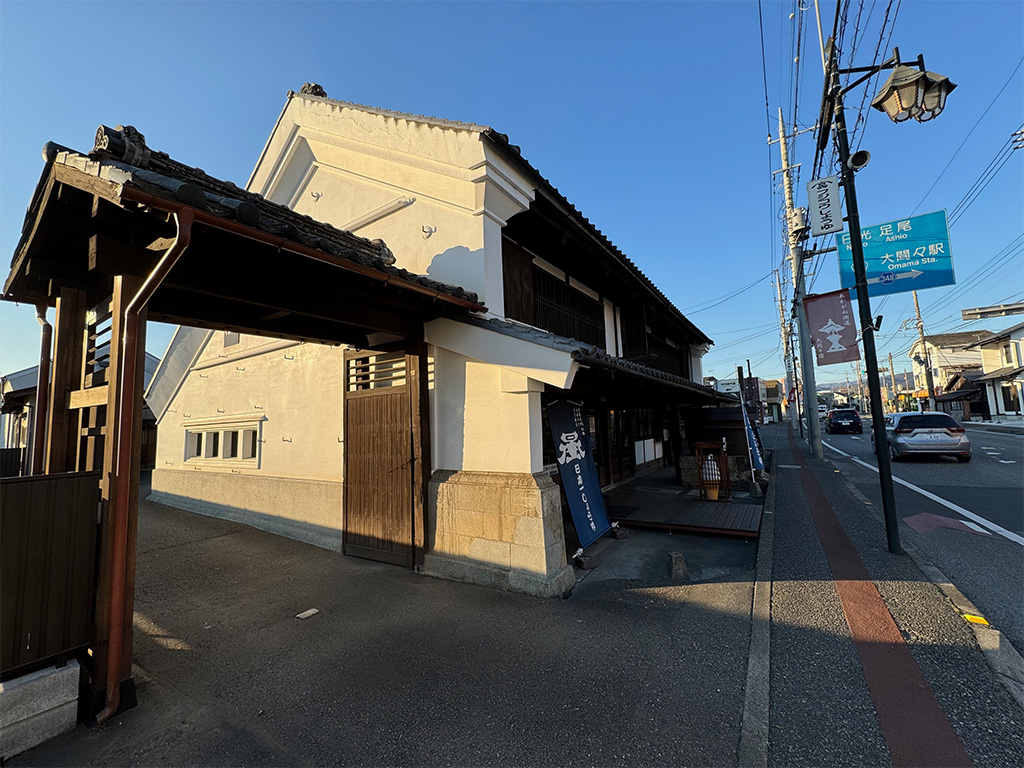
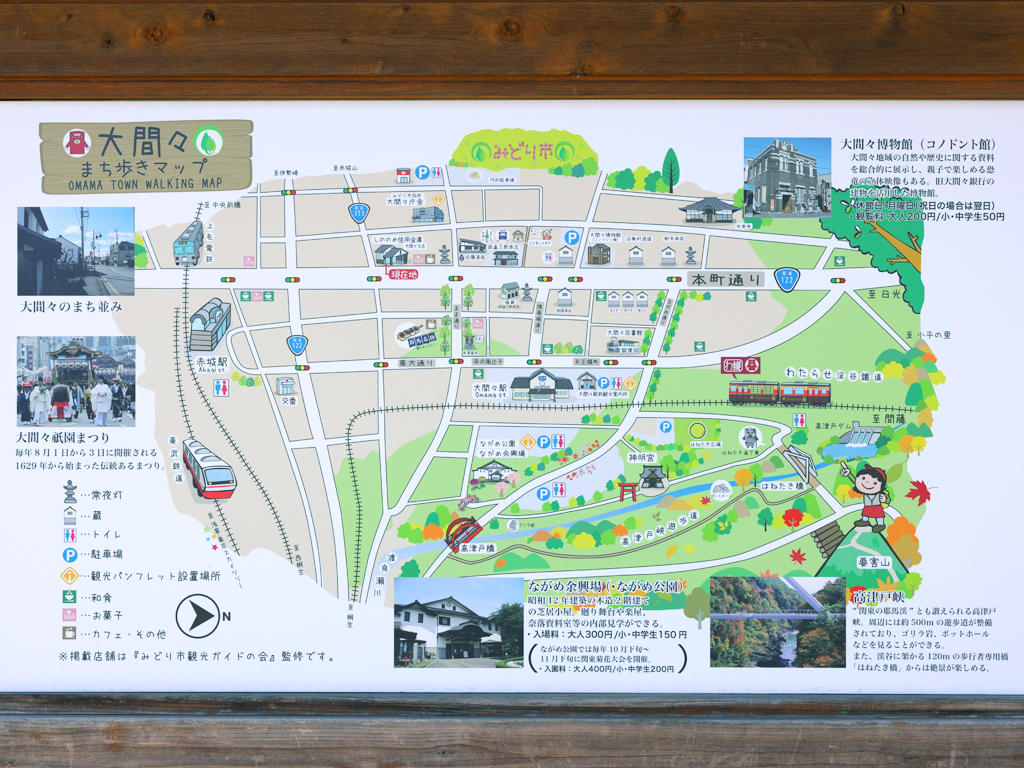
The Watarase River running east of the city forms the Takatsudo Gorge, known as the Yabakei of Kanto near Omama and the Nagame Amusement Park (now Nagame Park) overlooking the gorge is home to the Nagame entertainment hall, a playhouse built in 1937 with a magnificent entrance modeled after the Kabuki theater in Tokyo. In its golden age in the 1950s, the theater was crowded with theater troupes, song shows, and roukyoku performances, attracting audiences not only from the neighborhood but also from far and wide. Even today, performances and yose are still held here. On days when there are no performances, you can touch and look around the theater from the stage, backstage, and the performance materials stored in the basement.
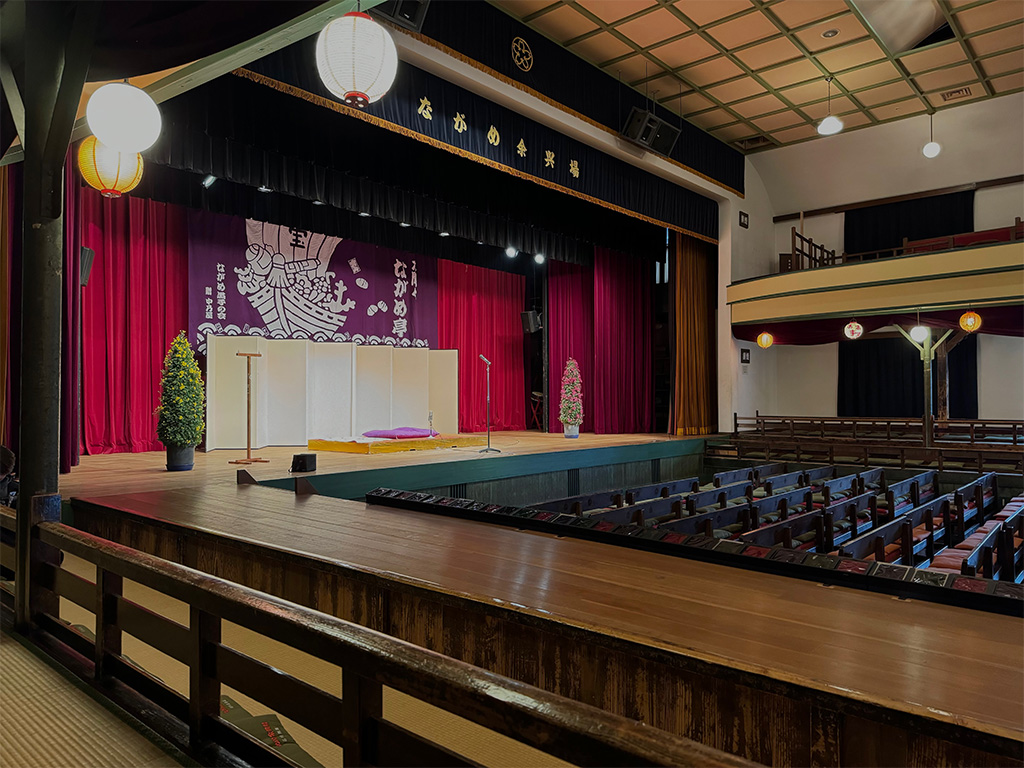
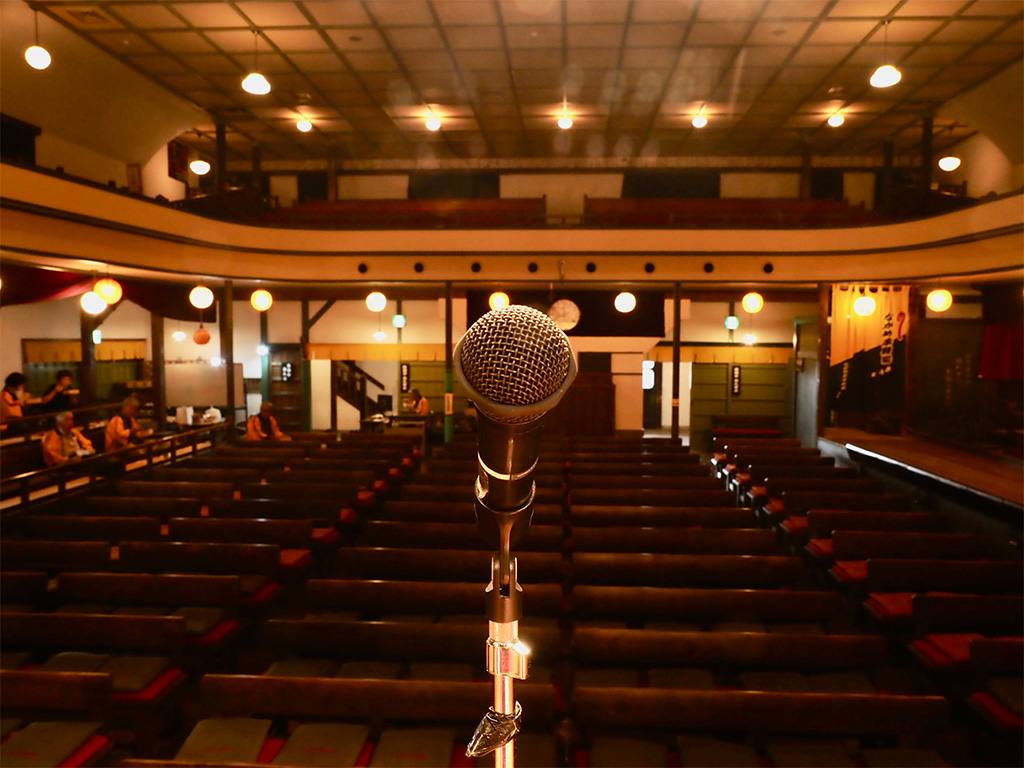
The Watarase Keikoku Railway is a 44.1 km local train line connecting Kiryu Station to Mato Station in Ashio.
The train meanders through the mountains along the Watarase River, taking about 1 hour and 20 minutes each way. The most attractive point of the line is the abundant nature that could be seen from the train windows. Starting with peach blossoms, cherry blossoms, and rape blossoms in the spring, the scenery changes with each season from fresh greenery to autumn leaves, and the clear waters and valleys of the Watarase River create a magnificent view. In winter, snowy scenery could sometimes be seen, and each station is decorated with iluminations. Along the line, there are many facilities such as the Tomihiro Museum of Art and the Ashio Copper Mine, as well as the Takatsudo Gorge, Odaira Cave, Kesagake Bridge, Konaka Great Falls, and Kusaki Dam.
To reach this area from Tokyo, take the Tobu Railway's limited express Ryomou train bound for Akagi Station in Omama, Midori-shi. The transfer station with the Watarase Keikoku Railway is Aioi Station, but Akagi Station of the last stop, is only about 1 km from Omama Station of Watarase Keikoku Railway, so you could stop by Omama, a town of storehouses, on the way to and from the station and enjoy the ruins of a roadside post town that still retains its original appearance. The open-deck trolley train “Watarase Kikoku” departs from and arrives at Omanma Station. If you are driving, take a 20-minute drive from the Ota-Yabuzuka Interchange on the Kita-Kanto Expressway to Omama Station, where you can park for \500 per day and enjoy the trolley train ride and a stroll through storehouse district.
Please refer to the Watarase Keikoku Railway website for operating dates and other information.
A “boarding ticket” (fare) and “trolley ticket” (fee) are required to ride the trolley train.
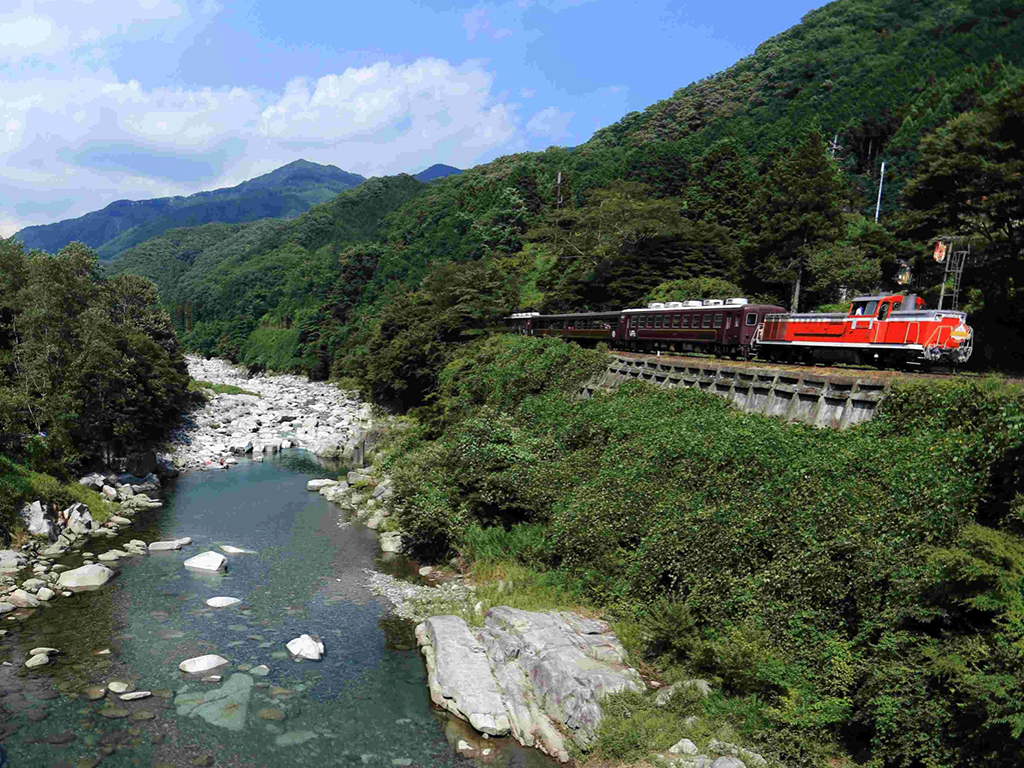
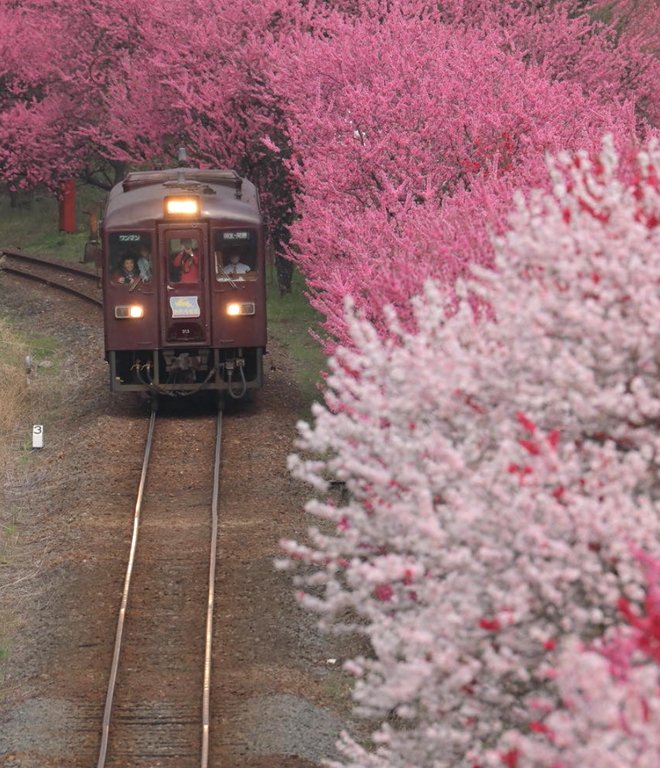
kurart ARAU and the streets of Omama are ideal spots for portraits and commemorative photos of fine events. The facilities of kurart ARAU are also available for photography. Please feel free to consult with us if you wish to take photos on the second floor of Kurayado Copper Dream or Cafe Kurahachi, hold a photo session on the premises, or take photos for commercial purposes, as there may be a fee for these activities.
For details, please refer to the “Terms of Use of Facilities (Detailed Regulations for Facility Use)” in the separate section.
